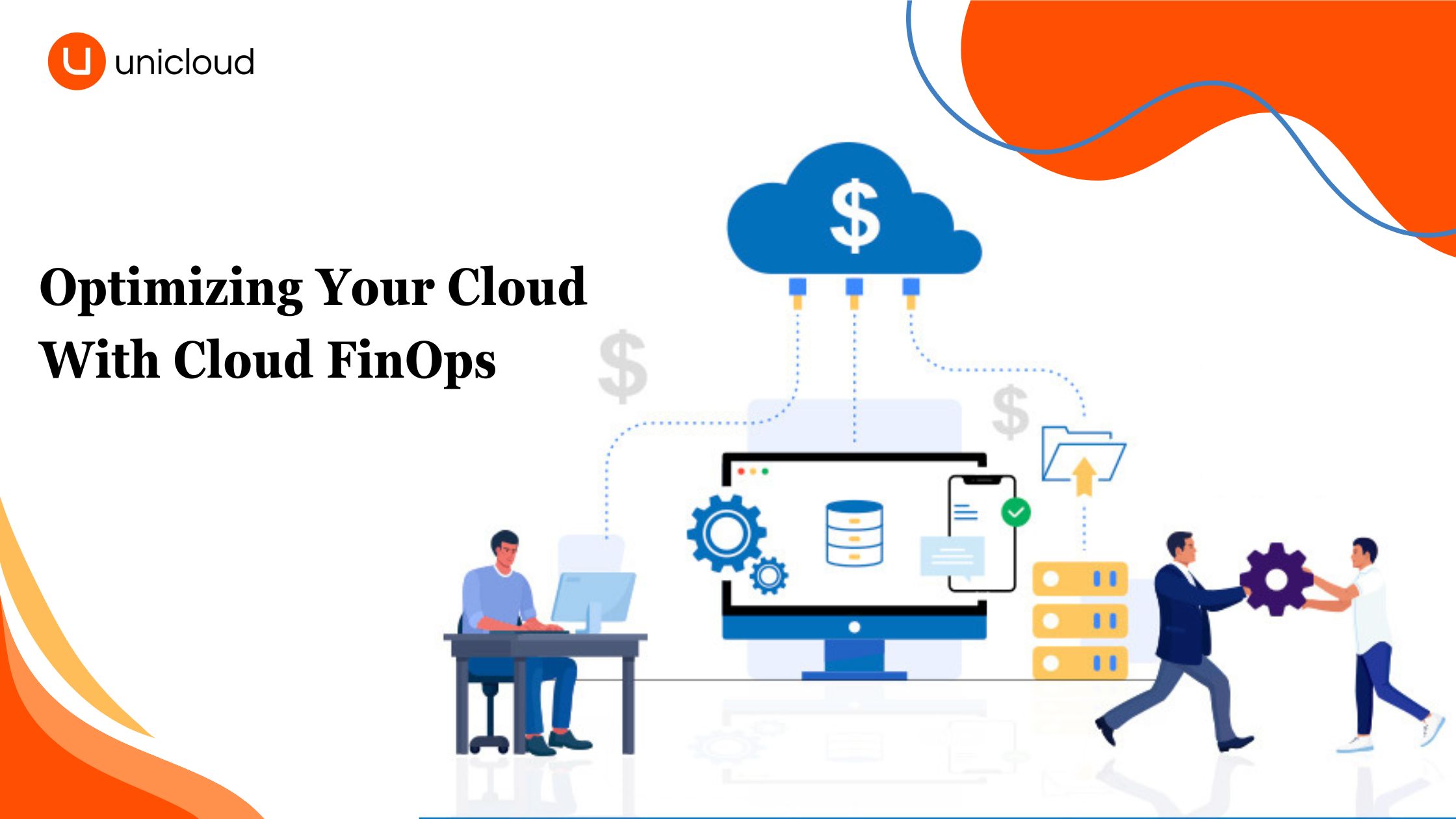
In today’s competitive landscape, where agility and scalability are paramount, businesses are increasingly relying on cloud platforms to drive innovation and growth. However, with the flexibility and convenience of cloud comes the challenge of managing and optimizing costs. Enter Cloud FinOps, a collaborative framework that empowers organizations to achieve significant cloud cost savings and maximize the value of their investments.
Cloud FinOps goes beyond mere cost reduction; it’s a cultural shift that fosters transparency, accountability, and informed decision-making across teams. By breaking down organizational silos and democratizing access to cost data, Cloud FinOps empowers every individual to contribute to cost optimization.
This deep dive delves into the technical aspects of implementing Cloud FinOps, offering a practical guide for organizations looking to achieve significant savings:
1. Laying the Foundation: Cost Visibility and Tagging
The cornerstone of successful Cloud FinOps implementation is granular cost visibility. This requires leveraging cloud-native cost management tools and services like Google Cloud Cost Management, AWS Cost Explorer, or Azure Cost Management. These tools provide detailed cost analyses, highlight trends, and identify anomalies, enabling teams to understand their cost drivers and optimize resource utilization.
2. Tagging for Granular Cost Attribution
Cost tagging allows you to categorize and attribute cloud expenses to specific business units, departments, projects, or individuals. This granular visibility fosters accountability and helps teams make informed decisions about resource allocation and usage. Tools like Terraform or Cloud Custodian can automate the tagging process, ensuring consistent and accurate data across the organization.
3. Rightsizing Resources and Scaling Efficiently
One of the most significant contributors to cloud waste is underutilized or overprovisioned resources. Regularly reviewing your resource usage and implementing rightsizing strategies can lead to substantial cost savings. Cloud platforms offer tools like autoscaling groups and resource recommendations to optimize resource allocation automatically based on workload demands.
4. Optimizing Compute and Storage Costs
Cloud providers offer a diverse range of compute and storage options tailored to specific workloads. By analyzing your usage patterns and choosing the right service tier, you can achieve significant savings. For example, utilizing spot instances for batch jobs or leveraging preemptible VMs can offer substantial discounts compared to on-demand options.
5. Leveraging Serverless Computing
Serverless computing offers a pay-per-use model, eliminating the need to provision and manage servers. This significantly reduces idle resource costs and simplifies infrastructure management. Consider migrating suitable workloads to serverless options like Google Cloud Functions, AWS Lambda, or Azure Functions to witness substantial cost reductions.
6. Cost Governance and Automation
Implementing cost governance policies helps enforce budget constraints and prevent overspending. Cloud platforms offer features like budget alerts, quotas, and resource limits to enforce cost controls. Additionally, automating repetitive tasks like provisioning, scaling, and decommissioning resources can further optimize costs and minimize human error.
Also read – How to Optimize Your Cloud Costs
7. Continuous Optimization and Cultural Change
Cloud FinOps is an iterative process that requires continuous monitoring and refinement. Regularly analyze cost trends, identify optimization opportunities, and adapt your strategies to changing needs. Foster a culture of cost awareness by encouraging open communication and collaboration across teams. Invest in training and awareness programs to equip employees with the knowledge and skills to optimize their cloud usage.
Advanced Techniques for Cloud FinOps Optimization:
- Cloud Cost Optimization Modeling: Develop mathematical models to predict resource usage and identify potential cost-saving opportunities.
- Machine Learning for Cloud Cost Management: Utilize machine learning algorithms to automate cost optimization tasks, such as rightsizing resources and predicting future cloud spend.
- Multi-Cloud Cost Optimization: If you are using multiple cloud providers, leverage tools and strategies to manage and optimize costs across different platforms.
Embrace the Challenge, Reap the Rewards
By embracing Cloud FinOps and implementing these technical strategies, businesses can achieve significant cost savings, leading to greater agility, innovation, and ultimately, a competitive edge in today’s dynamic landscape. Remember, Cloud FinOps is a journey, not a destination. By continuously evaluating your approach and adapting to changing needs, you can ensure you are maximizing the value of your cloud investments and achieving long-term cost sustainability.
